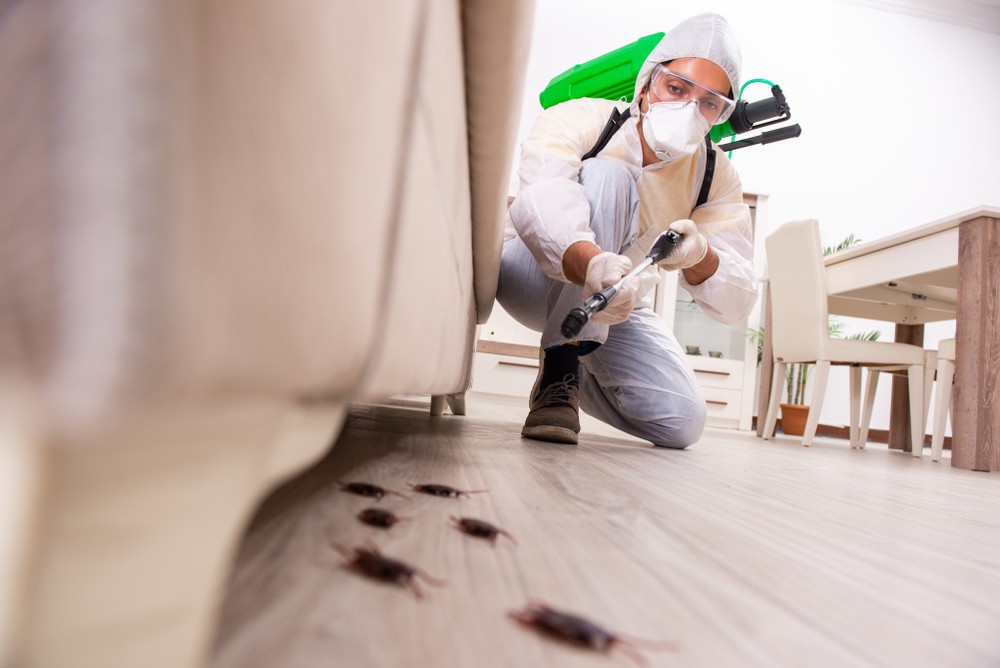Which Rodents Are Not Pests and Which Rodents Are Pests
Pest Control
Table of Contents:
1. Introduction
4. Modern Pest Control Methods
5. Pros and Cons of Modern Pest Services
6. Conclusion
7. FAQs
We examine various rodent species in this guide, differentiating between pests and non-pests. We talk about rats and house mice as well as useful rodents like capybaras and beavers. Acquire knowledge about contemporary pest control techniques to efficiently handle hazardous rodents.
Not every rodent is harmful. While some can cause issues in our houses, others are beneficial to the natural world. You'll learn which rats are pests and which aren't from this guide. We'll also discuss contemporary approaches to controlling rodent infestations.
Rodents That Are Not Pests
1. Capybaras
Large rodents from South America are called capybaras. They have the same weight as an individual! These animals live near water and eat water plants. They help keep rivers and lakes healthy.
2. Beavers
Beavers have flat tails and strong teeth. Beavers make wetlands that help many other animals. They also aid in preventing soil erosion. Although they can create flooding, beavers are more beneficial than harmful.
3. Chipmunks
Small rodents with stripes are called chipmunks. They are based in Asia and North America. Chipmunks help spread plant seeds when they bury nuts. They also dig holes that help air get into the soil. Although chipmunks occasionally eat from bird feeders. But, they typically don't cause much trouble.
4. Squirrels
Being rodents, squirrels have rugged tails. They are scattered over the globe. By covering nuts that sprout into new trees, squirrels help in the development of forests. They give different creatures food too. Squirrels are not viewed as pests.
Rodents That Are Pests
1. House Mice
House mice are tiny, usually grey or brown. They prefer to live in our houses, burrowing under floors or in walls. They can get at our food, gnaw on wood and cables, and disperse pathogens. House mice are a major nuisance. They breed quickly and can fit through small holes, making them hard to control.
2. Norway Rats
Larger than house mice, Norway rats usually have short tails and are brown or grey. Basements and ground floors are common places for them to live. These adaptive rats will eat almost anything, even trash. Their burrowing and biting can seriously harm buildings. They also put people's health in danger by dispersing illnesses. Norway rats are hard to eliminate. They are cautious and clever. So, we need careful and efficient pest control methods.
3. Roof Rats
Roof rats have slender bodies and long tails. They are usually black or dark brown. They prefer high places, like attics. Their climbing skills allow them to access homes by using trees or wires. Once inside, they can chew on attic wires, posing a fire hazard. Their droppings spread diseases. In warm areas, these rats can become a big problem. They tend to thrive in such environments.
4. Deer Mice
Deer mice, often seen in rural areas, resemble house mice. They have white bellies. Though they can occasionally break into homes, they are more common outside. These mice pose a health risk. They carry the hantavirus, a deadly disease. Their droppings can sicken if handled or inhaled. We know the risks pests pose. We are ready to deal with them safely and efficiently.
Modern Pest Control Methods
Progressive Pest Control uses smart methods to solve rodent problems with modern pest services.
1. Integrated Pest Management (IPM)
We use IPM as it helps us control pests efficiently. It means finding how rodents get in. Then, remove food and other attractants. Finally, use traps or bait carefully. We also make adjustments to stop infestations in the future. IPM is better. It avoids a purely chemical approach. So, it is safer for people and pets.
2. Electronic Devices
At Progressive Pest Control, we use advanced methods to keep rats at bay. They include specialized equipment. Our ultrasonic repellers create a high-pitched noise. It deters rodents without being audible to humans. To get rid of rats fast, we also use electric traps, which shock them with electricity. These devices can be very effective. But, we often combine them with other methods for complete rodent control.
3. Professional Help
Often, hiring professionals like Progressive Pest Control is crucial when handling rodent problems. Afterwards, we will identify your rodent problem. Then, our pest control experts will use safe and efficient methods to get rid of them. We also offer helpful guidance on how to avoid rodent problems in the future. Our experience lets us apply stronger treatments to keep rodents out of your house.
Pros and Cons of Modern Pest Services
Pros | Cons |
Use safe methods for people and pets | Might need multiple treatments |
Solve pest problems effectively | |
Prevent future rodent problems |
Conclusion
Not all rodents are pests. Some, like capybaras and beavers, help nature. Others that can cause issues in our houses are rats and house mice. Use safe and efficient methods to get rid of rodent pests if you have them. You can keep your home secure and clean. You can also solve rodent problems with modern pest services.
FAQs:
1. How can I decide if rodents are an issue in my home?
Keep an eye out for signs like droppings and biting objects. Also, listen for odd evening noises or see actual rats. If you notice them, you might have a rat issue.
2. Is every rodent detrimental to my house?
A: Actually no, few out of every odd rat is destructive. Some, like chipmunks and squirrels, ordinarily don't bring an excess of hardship. However, rodents and mice should be eradicated since they can be hazardous.
3. Q: How do modern pest services get rid of rodents safely?
A: Modern pest services use a mix of methods like traps, safe baits, and prevention techniques. They focus on solving the problem without harming people, pets, or the environment.

